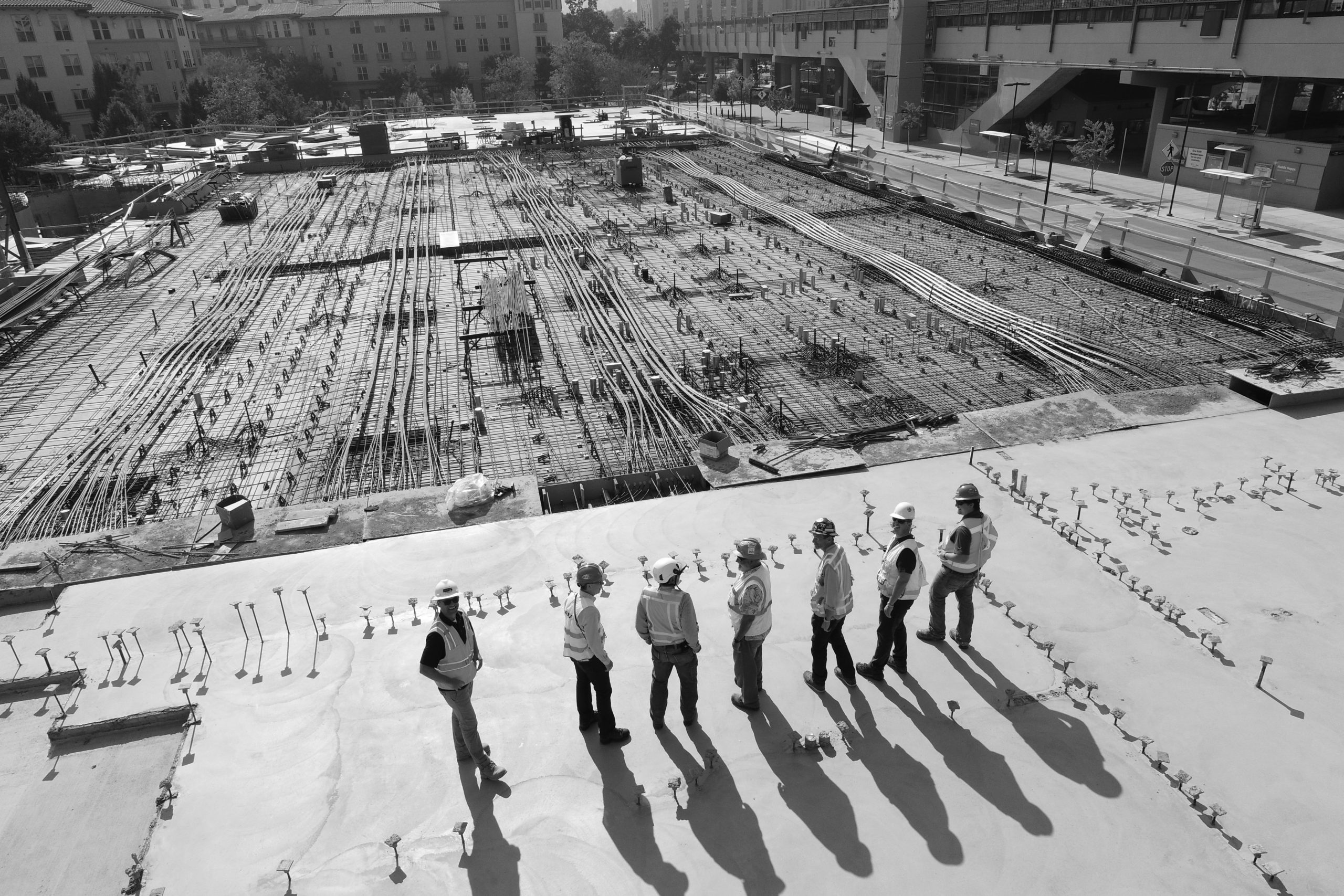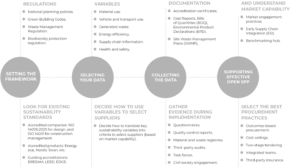Why Is Open SPP Important In The Construction Sector?

The construction industry is estimated to account for 6% of global GDP, with Africa’s construction market valued at around USD 5.4 billion in 2020 and LAC’s at USD 829.3 billion in 2018. This translates into more than 100 million jobs worldwide. However, this sector also accounted for the largest share of both global final energy use (36%) and energy-related CO2 emissions (39%) in 2018. It is also classified as one of the sectors with the highest share of corruption, as well as a high-risk sector for forced labor.
As the method by which many construction projects are delivered, public procurement constitutes an opportunity to include sustainable and open practices that can contribute to minimise and improve the economic, social, and environmental impacts of this sector.

Identify relevant regulations
When procuring construction projects, it can be useful to underpin sustainability criteria on existing policy and regulation. When assessing the enabling framework, it can be useful to identify, or consider establishing, the following compliance sources:
National Planning Policies
Many countries have national, and local, planning policies which include Master Plans, long-term planning documents that guide the future development of a specific area.
Master Plans are based on the community vision for the future of a specific area, and take into account different factors, including those related to the three pillars of sustainability. Identifying, or developing, a Master Plan for a specific area, can help you identify key sustainability concerns and adapt procurement processes accordingly.
For example, certain areas might be especially concerned with pollution levels, whereas others might identify solving the problem of informal settlements as one of the key priorities.
Green Building Codes
Many countries have specific design codes for infrastructure projects, some have started to introduce specific “green” standards. Identifying these standards will help guide tender specifications regarding aspects such as energy efficiency.
Relevant Environmental Regulations
There are certain environmental regulations that can serve to underpin the introduction of certain environmental criteria in procurement projects. In the construction sector, these can include, for example, regulations regarding:
- Waste Management Regulation (standards for classifying generated waste, especially regarding hazardous materials) and Landfill Disposal Regulations.
- Biodiversity protection regulation regarding certain natural habitats or vegetation.
Look for existing sustainability standards
When considering the implementation of SPP for procuring a construction project, it can be helpful to identify current sustainability standards. These will inform what requirements you set for selecting suppliers. For the construction sector, we have identified three key types of standards and accreditations:
Company accreditations
These accreditations can help you identify environmentally preferable suppliers. For this sector we have identified two main ISO accreditations:
- ISO 14006 – Guidelines for incorporating ecodesign, for identifying sustainable suppliers for the design stage of construction projects.
- ISO 14001 – Environmental management systems, to identify suppliers who have successfully implemented a system to enhance their environmental performance.
Product accreditations
Identifying sustainability accreditations for construction products can help guide specifications regarding material use for the construction stage. These accreditations include ecolabel Energy Star, which identifies energy-efficient appliances, including building products. For more information on the different ecolabels available for construction, and products see this directory.
Guiding accreditations
The following accreditations are given to a construction project once it has been completed. However, the sustainability assessment methods they apply are often publicly accessible and can be used to guide specifications for sustainable construction projects.
Resources Master planning guidance:
- Master Planning. 2015. The World Bank.
- Master Planning and statutory planning process table (Community Gardens). GOV.UK
Sustainable building construction in Africa:
- Sustainable Buildings and Construction in Africa. Federal Ministry of the Environment, Nature Conservation and Nuclear Safety
- Republic of Rwanda. 2019. Rwanda Green Building Minimum Compliance System.
Finding relevant eco-labels in the construction sector:
S.F. Tool is a tool for procurers provided by the U.S. General Service Administration (GSA) that includes information on product sustainability specifications, and relevant certifications, in the construction sector.
The Global Ecolabelling Network provides information on what Type I ecolabels include standards for products in the construction sector.



